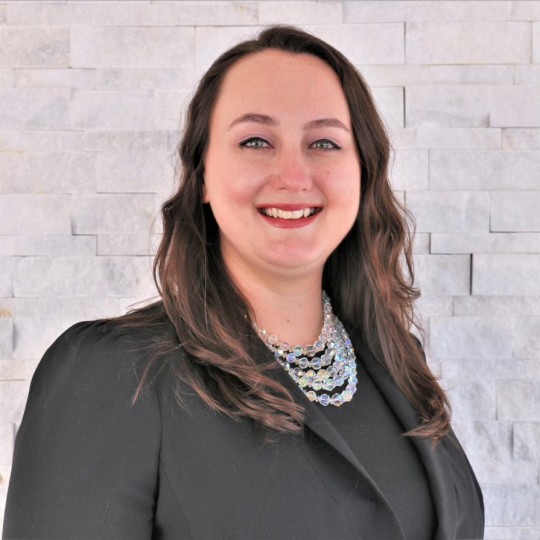PHI’s Fellowship programming powerhouses: From left to right: Jessica George (STAR), Cristine Caraballo (PHI/CDC GH Fellowship Program), Sharon Rudy (Global Health Fellowship Program-II), and David Godsted (Global Health Technical Professionals)
Last fall, I joined colleagues from the Public Health Institute’s (PHI’s) fellowship programs, including the Sustaining Technical and Analytic Resources (STAR) project, at the American Public Health Association’s Annual Conference to present “The Global Health Institute for Students, Emerging Professionals and Mid-Career Changers” during the pre-conference Learning Institute. The half-day session endeavored to dissect the complexities that have created a brewing storm for the global health (GH) workforce. Based on years of research and surveying GH professionals between early career and senior level, PHI has identified three main trends that are impacting the GH career climate: (1) increased growth of GH-focused academic programs; (2) an increase in United States (U.S.) domestic-based practicums; and (3) fewer overseas careers for Americans. The convergence of these trends has created “a perfect storm,” making it increasingly difficult for GH career seekers. I was thrilled to present because it was an opportunity to share my experience, struggles, and accomplishments, as well as offer insight to others.
My Story
Early in my career I knew I wanted to focus on African international development. I was drawn to the challenge of working in remote regions because they were often forgotten, in need of essentials, and offered opportunities to co-create highly tailored solutions.
I prepared by creating a multidisciplinary academic trajectory, which provided a foundation for key development theories and frameworks. I sought out specific African-based field experiences, which included a semester abroad in Tanzania. While I got a taste of the skills needed to be a successful GH practitioner, I was aware that I needed more field experience and specialization to continue my path. Through networking, I was introduced to my second field-experience opportunity: project coordinator of a food and income project in Tanzania that lasted nine months.
Upon returning to the U.S., I researched various NGOs and eventually landed an internship with Educate Tanzania, where I learned vital skills such as project management and fundraising. In 2015, I moved to Washington, DC to work at PHI and advance my GH career.
Increased Growth of Global Health-Focused Academic Programs
A 2016 Center for Strategic and International Studies study reported that the number of GH programs has more than tripled between 2011 and 2016, growing from 78 to more than 250 programs worldwide. However, not all programs are created equal, and it can be difficult to filter and identify the GH program best suited for each student. With the proliferation of GH academic programs and increased competition to get into the best programs, students should do their research and determine what program will best prepare them for their GH careers.
Increase in U.S. Domestic-Based Practicums
The second storm gust comes from the growing number of U.S. domestic practicums aimed at GH students. Domestic-based opportunities are valuable but may not be regarded as such by GH employers. According to PHI/Global Health Fellows Program II’s Employers Study, PHI found that 65% of employers said they would hire an employee with domestic-only experience. When asked about the number of employees they hired with domestic-only experience, the response was only 4%.
Fewer Overseas Careers for Americans
The final storm gust is that there are fewer overseas opportunities for Americans. As the international development sector concentrates on building local capacity and leadership, fewer long-term, field-based positions for Americans are available. PHI found that 84% of employed graduates got jobs working in the U.S., and of that, only 30% wanted to work in the U.S. Many GH students dream of spending their careers working abroad; however, the truth is that those jobs are few and far between – especially for an early-career professional.
How STAR is Leading GH Professionals Through the Storm
STAR addresses these challenges by building and strengthening capacity through Fellowship and Internship placements dedicated to learning. Additionally, STAR’s Collaboration Laboratory pairs U.S. and low- and middle-income academic institutions to share knowledge, resources, and identify partnering best practices. STAR continues to provide honest and realistic feedback to career seekers, academia, and GH employers about the realities of GH careers.
As a career seeker, I found it difficult to break through the “storm” and gain footing in the GH arena. Working at PHI has offered me a perspective on the interplay between career seekers, GH employers, and academia and how complicated it can be. Today, I am a champion for career seekers by providing knowledge and tools that can prepare them to beat the storm.
To continue the conversation, follow us on Twitter @GHSTAR_Project, and connect with Jessica on LinkedIn and Twitter.

Jessica George
STAR Project Specialist